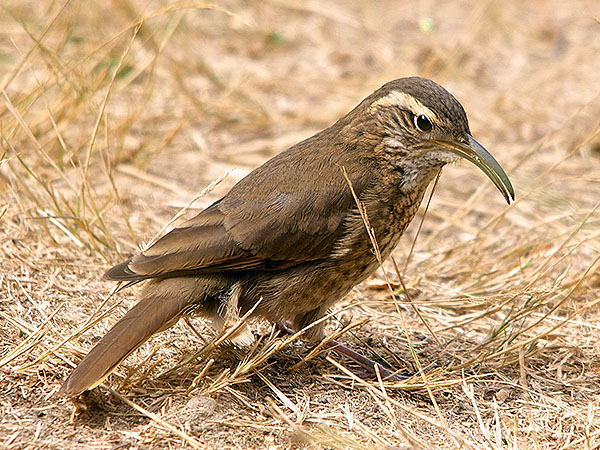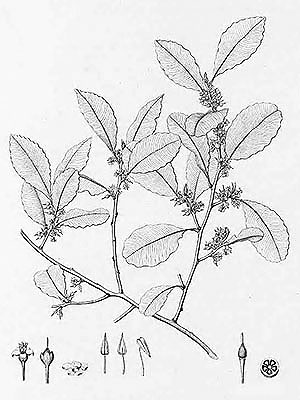Seymour’s Caracara (Caracara seymouri)
This species was described in 2014 based on fossil remains that were recovered from the Talara Tar Seeps in northwestern Peru. These remains have been dated to Late Pleistocene/Earliest Holocene in age.
The species is also known from Late Pleistocene remains found in Ecuador. [1]
*********************
References:
[1] William Suárez; Storrs L. Olson: A new fossil species of small crested caracara (Aves: Falconidae: Caracara) from the Pacific lowlands of western South America. Proceedings of the Biological Society of Washington 127(2) :299–310. 2014
*********************
edited: 21.09.2020


